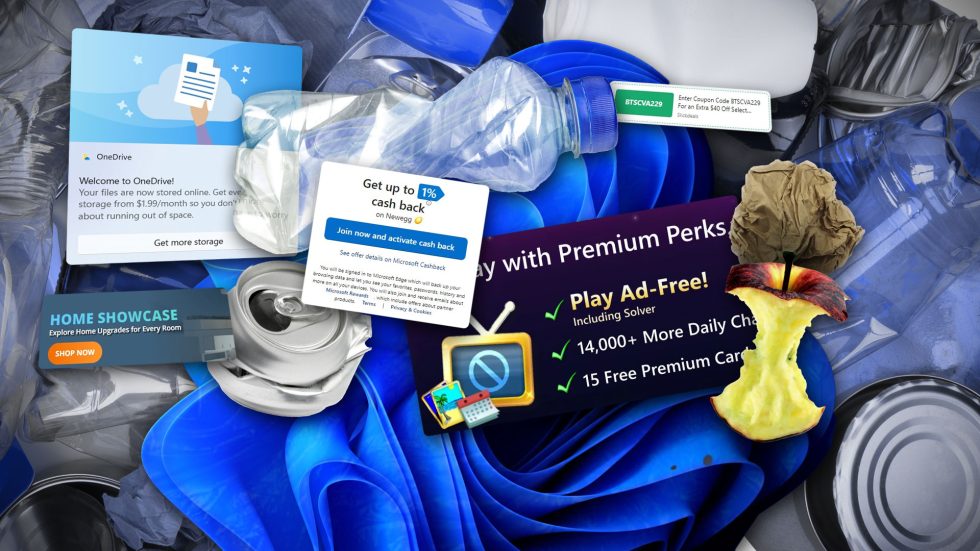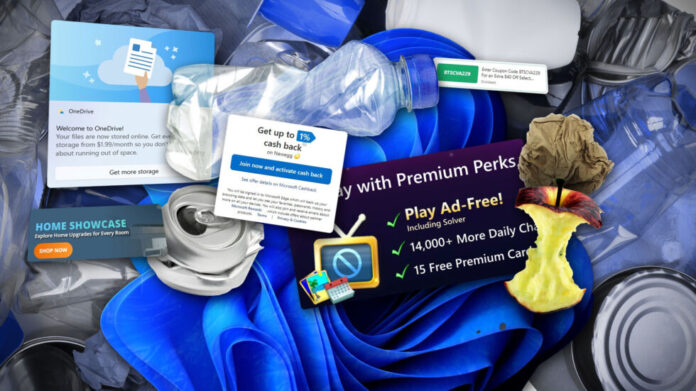
(credit: Aurich Lawson | Getty Images)
For a certain kind of computer buyer, the first thing you always did with a new laptop or desktop from a company like Dell, HP, Acer, or Asus wasn't to open the box and start using it. Instead, you took a Windows install disk directly from Microsoft (a floppy, a CD, a DVD, a USB stick), and you blew away everything on the computer's internal drive, setting up a Windows installation with only the included Microsoft software and few extraneous apps (though your definition of extraneous may differ somewhat from Microsoft's).
This time-honored practice is colloquially called a "clean install," and it was a cure for most things that ailed a new Windows PC. Computer manufacturers often distributed buggy, pointless, or redundant third-party software ("bloatware" or "crapware") to help subsidize the cost of the hardware. This might pass some savings on to the user, but once they owned their computer, that software mainly existed to consume disk space and RAM, something that cheaper PCs could rarely afford to spare. Computer manufacturers also installed all kinds of additional support software, registration screens, and other things that generally extended the setup process and junked up your Start menu and desktop.
You can still do a clean install of Windows, and it's arguably easier than ever, with official Microsoft-sanctioned install media easily accessible and Windows Update capable of grabbing most of the drivers that most computers need for basic functionality. The problem is that a "clean install" doesn't feel as clean as it used to, and unfortunately for us, it's an inside job—it's Microsoft, not third parties, that is primarily responsible for the pile of unwanted software and services you need to decline or clear away every time you do a new Windows install.
Read 25 remaining paragraphs | Comments
Ars Technica - All contentContinue reading/original-link]




